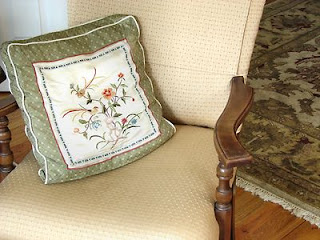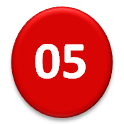I see that this is an old-established and a common practice, each fresh writer being invariably persuaded that he will either attain greater certainty in the materials of his narrative, or surpass the rudeness of antiquity in the excellence of his style. However this may be, it will still be a great satisfaction to me to have taken my part, too, in investing, to the utmost of my abilities, the annals of the foremost nation in the world with a deeper interest; and if in such a crowd of writers my own reputation is thrown into the shade, I would console myself with the renown and greatness of those who eclipse my fame.
Livy, from the Preface to the History of Rome
 During my childhood the epitome of a fat book was War and Peace by Leo Tolstoy. Maybe this notion came from the Saturday cartoons or from the comic books where a character would say: "Oh, you want to read something? Here's War & Peace" and an imposingly fat volume would land on the desk (am I making this all up?) . With such images it comes to no surprise that few people venture to take a crack at it and indeed it is a large tome and the Russian names don't help. For years it has held a fascination on me coupled with the promise of some day. The opportunity finally has come with Adam Zamoyski's Moscow 1812: Napoleon's Fatal March.
During my childhood the epitome of a fat book was War and Peace by Leo Tolstoy. Maybe this notion came from the Saturday cartoons or from the comic books where a character would say: "Oh, you want to read something? Here's War & Peace" and an imposingly fat volume would land on the desk (am I making this all up?) . With such images it comes to no surprise that few people venture to take a crack at it and indeed it is a large tome and the Russian names don't help. For years it has held a fascination on me coupled with the promise of some day. The opportunity finally has come with Adam Zamoyski's Moscow 1812: Napoleon's Fatal March.
I figure that Russian readers have it easier when reading War & Peace because they know about the salient points of the 1812 invasion already and can flesh out the details on the go with the novel. The rest of us need some kind of intro to the whole affair and Moscow 1812 plays this role nicely. I figured that I would read this first and then, at last, read and enjoy W&P in all its glory.
Almost certainly the most surprising aspect on digging into this war is that the so-called facts and preconceptions one generally has are wrong. Popular culture is to blame, as well as slanted research, conflicting accounts, access to sources and biased beliefs through the years. With Zamoyski, the story is straightened with a greater access to source material than ever before.
The narrative is adequately fluid starting in 1807 with the Tilsit reunion and working itself to Borodino, Moscow and back. For casual readers this is a boon as not much previous Napoleon background knowledge is needed to follow the events. Although it is a large volume, 1812 reads like a novel itself letting the reader little opportunity of getting bored.
The events are narrated through the French over the Russian point of view in about a ratio of 2:1.The writing is fluid and the events move on swiftly. There are about a dozen maps illustrating the troops and columns movements at critical junctures and are placed in timely fashion at, or close to, the pages where the action takes place.
It is also full of imagery. One of the distinctive aspects of this campaign are the horrors that the troops suffered through. Mr Zamoyski gives clear accounts of them all, but thankfully he doesn't linger or relish on them. Still, the volume of these is so large, that some readers may be repelled by the hell-on-earth account. There are also several reproductions of drawings of the main figures and of the troop conditions.
For hardcore Napoleon buffs and fans, there may not be enough military nitty-gritty details to keep them sated. Just an opinion, but I figure these that readers will already know much of what happened already and would pretty much go through the same material once again. However, the book contains extensive references that they could've previously missed and Zamoyski is about the most current on the subject.
Overall, a very satisfying book. If you like history books, you won't be disappointed. As for W&P I am finally reading it now.
| 4 stars |













